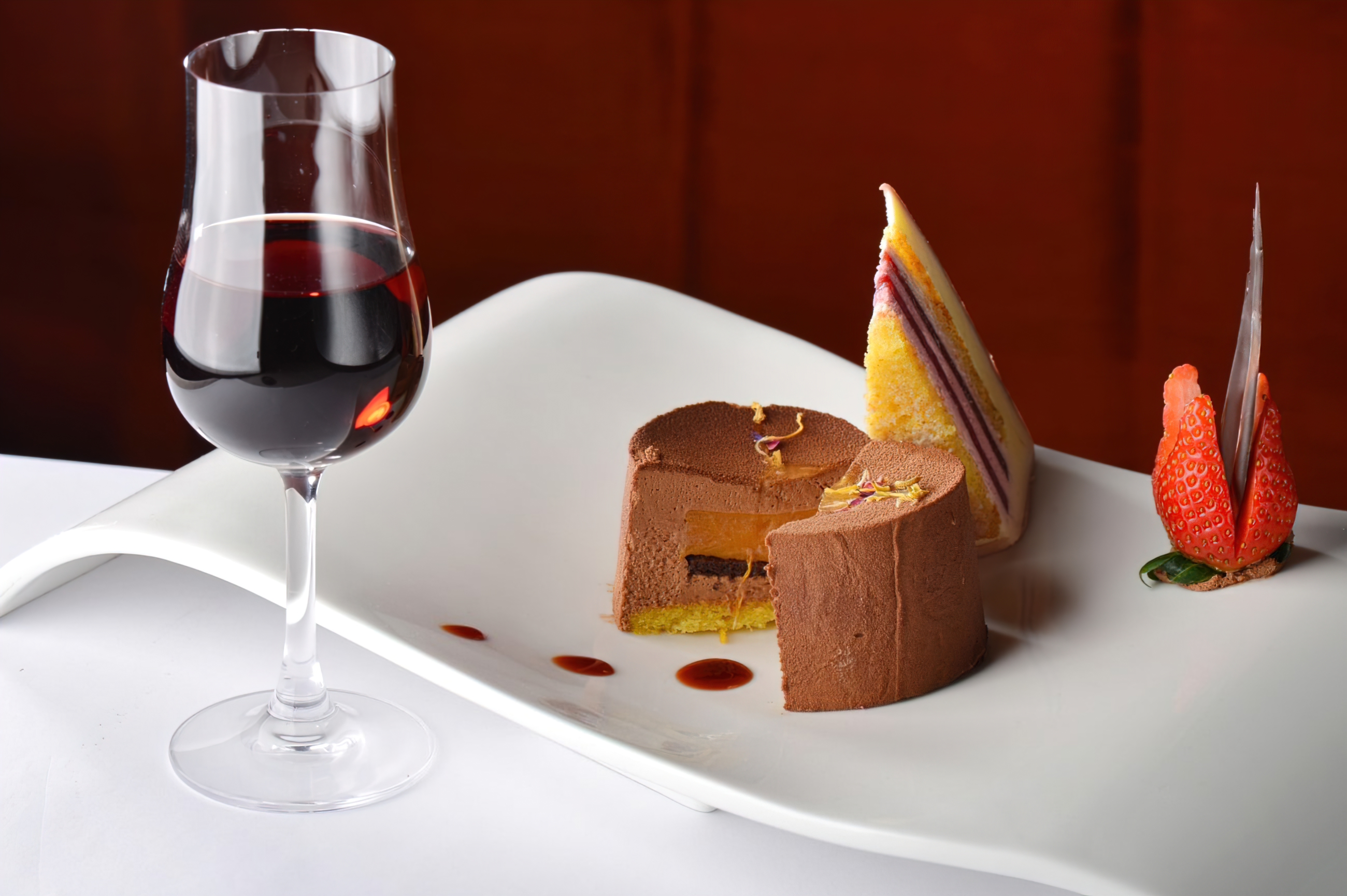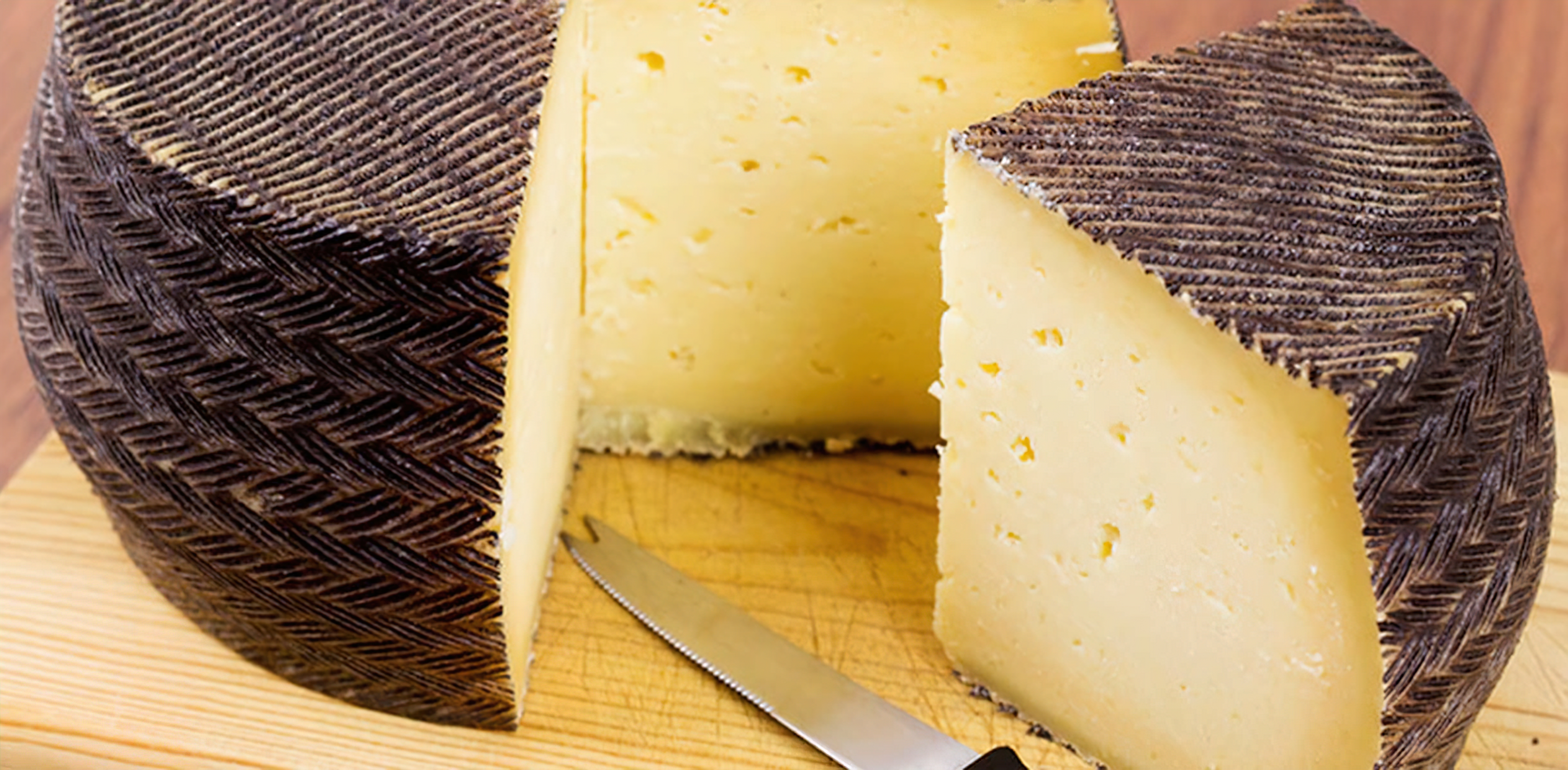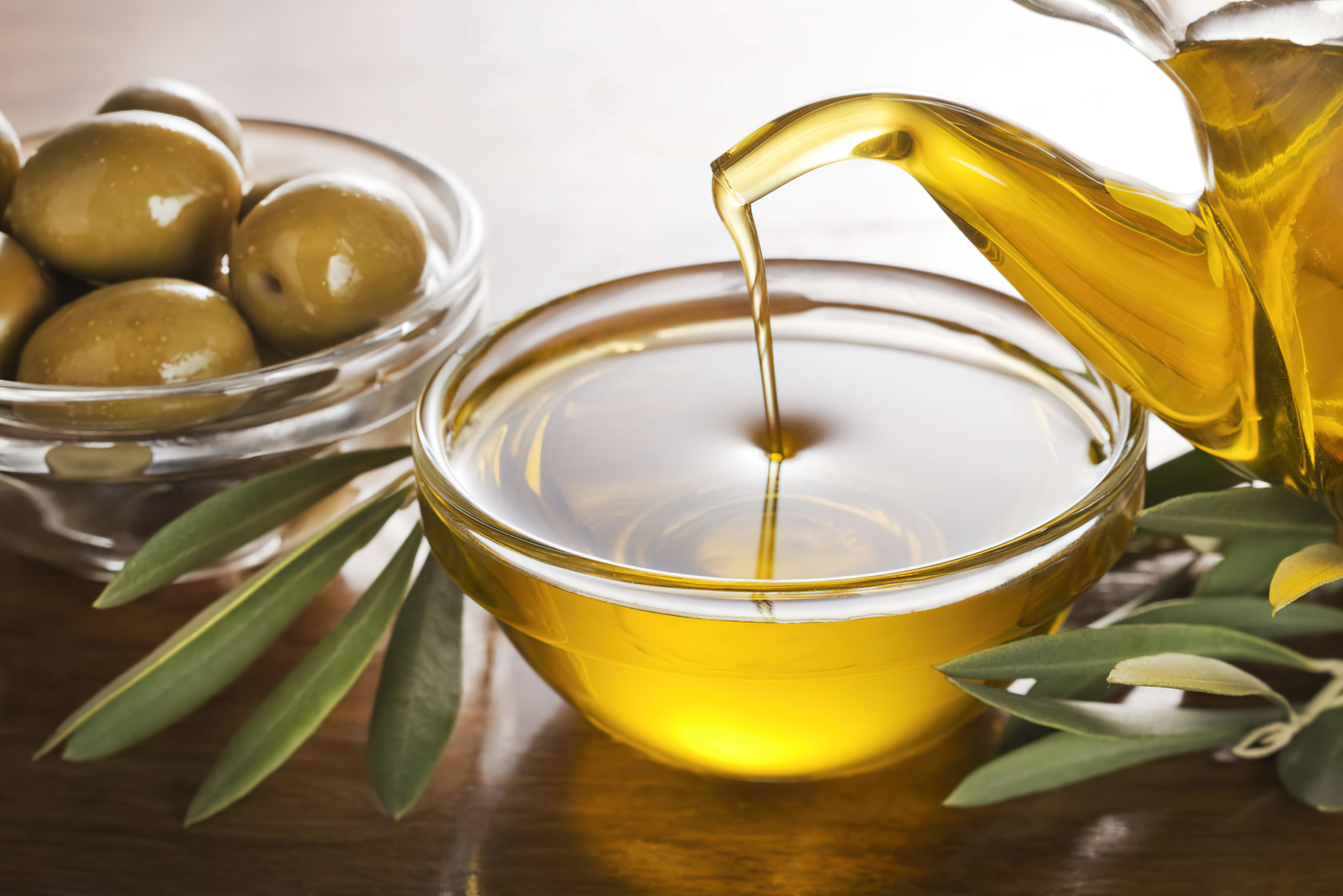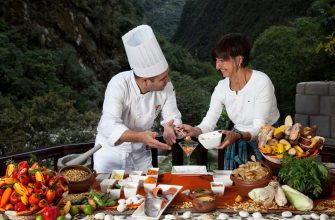Spain's Vibrant Tapas Culture
If you’re exploring Spanish cuisine, tapas is the perfect starting point. Originating from Andalusia in southern Spain, tapas are small plates meant for sharing. They encapsulate the spirit of Spanish cuisine—fresh ingredients, simple preparation, and bold flavors.
Try “Patatas Bravas,” crispy potatoes drizzled with spicy tomato sauce and aioli, or “Albondigas,” savory meatballs simmered in a rich, garlic-infused tomato sauce. Don’t forget “Pimientos de Padrón,” fried green peppers sprinkled with coarse sea salt—a true Spanish classic!
Journey to Valencia: The Birthplace of Paella
Paella, Spain’s most famous dish, hails from Valencia. A beautiful blend of saffron-infused rice, meats, and vegetables, it’s a testament to Spain’s agricultural richness.
Traditional Valencian paella includes rabbit, chicken, green beans, and snails. But variations abound, like seafood paella brimming with shrimp, mussels, and squid. Remember, real paella is cooked in a shallow pan over an open fire, allowing the rice to absorb all the flavors and develop a crispy bottom layer known as “socarrat.”
Seafood Delicacies of Galicia
Galicia, Spain’s northwestern region, is a seafood lover’s paradise. Its coastline provides a bounty of shellfish, octopus, and fish, which feature heavily in Galician cuisine.
One must-try dish is “Pulpo a la Gallega,” boiled octopus served with potatoes, olive oil, and paprika. Another favorite is “Empanada Gallega,” a savory pie filled with tuna, cod, or meat.
Sweet Endings: Spain’s Desserts
No culinary tour of Spain is complete without trying the desserts. From the creamy “Flan” to the light and fluffy “Tarta de Santiago,” Spanish desserts offer a sweet ending to any meal.
“Churros con Chocolate,” fried dough pastries served with a thick chocolate dip, are a popular choice. But for a truly Spanish experience, try “Turron,” a traditional nougat made with honey, sugar, egg whites, and almonds.
The Unforgettable Taste of Jamón Ibérico
Spain’s gastronomy would not be complete without mentioning Jamón Ibérico, a type of cured ham produced mostly in the Iberian Peninsula. This ham, made from the Black Iberian pig, is a delicacy savored in slices so thin they are nearly transparent. Savoring its sweet and nutty flavor is a cherished ritual for locals and visitors alike.
The Cheese Route: Manchego and Beyond
Let’s not forget about Spain’s cheese culture! Manchego, made from sheep’s milk in La Mancha, is Spain’s best-known cheese. It’s semi-hard with a rich, creamy flavor that pairs beautifully with quince jam. But Manchego is just the start. With over 100 types of cheese across the country, each region has its own specialty, like the blue Cabrales cheese from Asturias or the soft Tetilla cheese from Galicia.
Spain’s Wine Regions: Rioja to Andalusia
Wine is another integral part of Spanish cuisine. From the full-bodied reds of Rioja to the sparkling Cava from Catalonia and the unique Sherry wines of Andalusia, Spain’s diverse climates and grape varieties result in a wide array of outstanding wines. Be sure to try a glass of Sangria, a refreshing punch made from red wine and chopped fruit, a staple of Spanish celebrations.
The Olive Oil Gold
Spain is the world’s largest producer of olive oil, a staple in Spanish kitchens. Used in nearly every dish, its fruity, peppery flavor is key to the country’s culinary identity. From frying Andalusian tapas to drizzling over Catalan bread rubbed with garlic and ripe tomatoes, olive oil is the golden thread that weaves through the tapestry of Spanish cuisine.
Conclusion: An Endless Culinary Adventure
From tapas to paella, seafood to sweets, cheese to wine, and the golden elixir of olive oil, Spain’s culinary scene is a gastronomic adventure waiting to be discovered. Each region brings a new array of flavors to the table, creating a culinary landscape as diverse and vibrant as the country itself. So, step into the Spanish kitchen and let your taste buds embark on an unforgettable journey.
